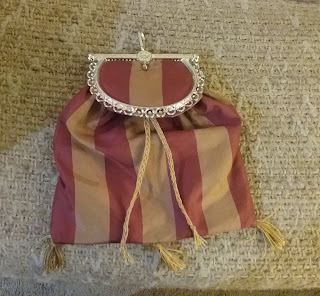Another attempt at an renaissance dish, this time from
A Proper New Booke of Cookery (1575):
To make a dishefull of Snow.
Take a pottel of sweete thick creame
and the white of viij. egges, and beate
them altogether with a spone, then put
them in your creame, and a saucer full
of rose water, and a dishe full of suger
withall, then take a stycke and make it
cleane, and then cutte it in the ende
foure square, and therewith beat all the
aforesaide things together, and ever as
ut riseth, take it of, and put it into a
Collander, this done, take an apple and
set it in the middes of it, and a thicke
bush of Rosemarye, and set it in the mid-
des if the platter, then cast your snowe
upon the Rosemarye, and fyll your
platter therwith. And if you have wa-
fers, cast some in withall, & thus serve
them forth.
A pottel, according to
Wiktionary, is probably a half gallon. So, 8 eggs whites, 32 oz cream, generous-but-vague amounts of rose water and sugar; beat thoroughly, and skim off the upper layer as it thickens, and allow that to drain in a collander; arrange over an apple and rosemary.
I interpreted the instructions as using the apple to support the rosemary, which is then covered in the sweet cream-and-egg foam.
Scaling by half, I started by beating 4 egg whites, then added some 16 oz cream*. I added a splash of rosewater (less than 1/4 cup) and a similar amount of sugar, while beating the mixture until it was stiff. I then made a number of incisions in the top of an apple, and arranged the rosemary branches therein. I then piled the whipped cream over the apple, making a small rosemary bush in a pile of 'snow'. I had no wafers to include, but did have the last of my experimental gluten-free
krumkake*. The snow tasted like the whipped cream I usually serve with krumkake, except for the rosewater.
 |
| A Dishefull of Snow |
For accuracy, I suspect that I should have included more rosewater, and possibly more sugar (once I figure out what a "saucer full" means in volume for the 16th century). I also used an electric mixer--whether this made any difference in the final texture, I couldn't say.
* I picked this recipe because I had a bunch of left-over cream to use. This amount ended up being too much for my mixer or dish, so only half of it got made up.
**Which tastes exactly like krumkake made with not-gf flour, but was even easier to cook.





